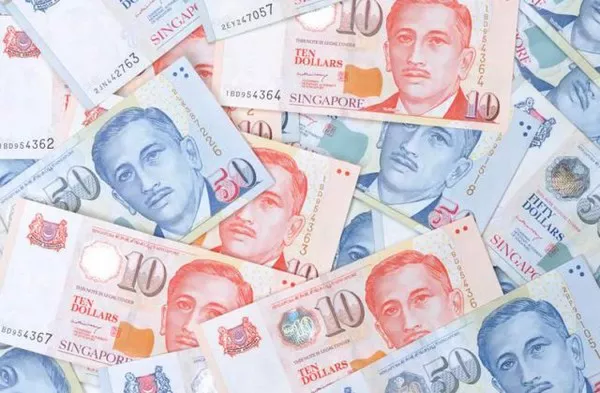Currency exchange rates are a crucial aspect of international trade and finance. Whether you are a business owner involved in cross-border transactions or a traveler planning a trip to Myanmar, understanding the exchange rate between the Singapore Dollar (SGD) and the Myanmar Kyat (MMK) is essential. In this article, we will delve into the dynamics of the SGD to MMK exchange rate, exploring factors that influence it, historical trends, and providing practical insights for those dealing with these currencies.
Understanding the Singapore Dollar
The Singapore Dollar, denoted as SGD, is the official currency of Singapore. It is one of the most stable and widely traded currencies in the world. Singapore’s strong economy, political stability, and sound financial system contribute to the SGD’s reputation as a safe-haven currency. The Monetary Authority of Singapore (MAS) is responsible for issuing and regulating SGD.
Understanding the Myanmar Kyat
The Myanmar Kyat, represented as MMK, is the official currency of Myanmar. Myanmar is known for its unique and historically complex currency system. For many years, the MMK faced significant depreciation and instability due to economic and political challenges. However, in 2012, the government initiated a series of economic reforms, leading to a more stable exchange rate.
Exchange Rate Dynamics
The exchange rate between the SGD and MMK is influenced by several factors, both internal and external. Here are some key drivers of this exchange rate:
Economic Conditions: Economic performance in both Singapore and Myanmar plays a vital role in determining their respective currencies’ strength. A robust economy in Singapore may lead to a stronger SGD, while a stronger economy in Myanmar may bolster the MMK.
Inflation Rates: Inflation rates can impact the purchasing power of a currency. If one country has significantly higher inflation than the other, its currency may depreciate in comparison. In this regard, Singapore has typically maintained lower inflation rates than Myanmar.
Political Stability: Political stability is a fundamental factor affecting a country’s currency value. Singapore’s long history of political stability has contributed to the strength of the SGD, whereas Myanmar’s political turbulence has historically influenced the MMK’s value.
Trade Relationships: Trade relations between two countries can affect the exchange rate. Strong trade ties often lead to an increased demand for the respective currencies. Singapore’s extensive trade relationships with many countries, including Myanmar, impact the SGD’s exchange rate.
Historical Exchange Rate Trends
To gain a better understanding of the SGD to MMK exchange rate dynamics, let’s explore some historical trends.
Pre-Reform Era: Before Myanmar initiated its economic reforms in 2012, the MMK experienced significant depreciation due to various economic and political factors. During this time, the exchange rate between the SGD and MMK was extremely volatile.
Post-Reform Era: After the reforms, Myanmar’s currency began to stabilize, and the exchange rate with the SGD exhibited a more predictable trend. However, it’s important to note that the MMK is still subject to fluctuations, especially in response to global economic events.
Practical Considerations
For businesses or individuals dealing with the SGD and MMK, here are some practical considerations:
Exchange Rate Risk Management: Businesses involved in international trade should consider implementing exchange rate risk management strategies. This may include forward contracts or options to hedge against unfavorable exchange rate movements.
Monitor Economic Indicators: Keep a close watch on economic indicators and news that may affect the exchange rate. For example, announcements related to monetary policy changes or trade agreements can lead to significant currency movements.
Diversification: Diversifying your currency holdings can help mitigate risk. Consider maintaining a balanced portfolio of currencies to spread the risk associated with currency fluctuations.
Consult Experts: Consult with financial experts or currency specialists who can provide insights and guidance on managing currency exchange risk.
Conclusion
The exchange rate between the Singapore Dollar (SGD) and the Myanmar Kyat (MMK) is subject to various economic, political, and global factors. Understanding the dynamics and trends of this exchange rate is essential for anyone dealing with these currencies, whether it be for business or personal purposes. The SGD’s strength, coupled with Myanmar’s ongoing economic reforms, has led to a more stable MMK in recent years. Nevertheless, it is vital to stay informed and implement risk management strategies to navigate the currency exchange landscape effectively. By doing so, you can make informed decisions and minimize the impact of currency fluctuations on your financial goals.


